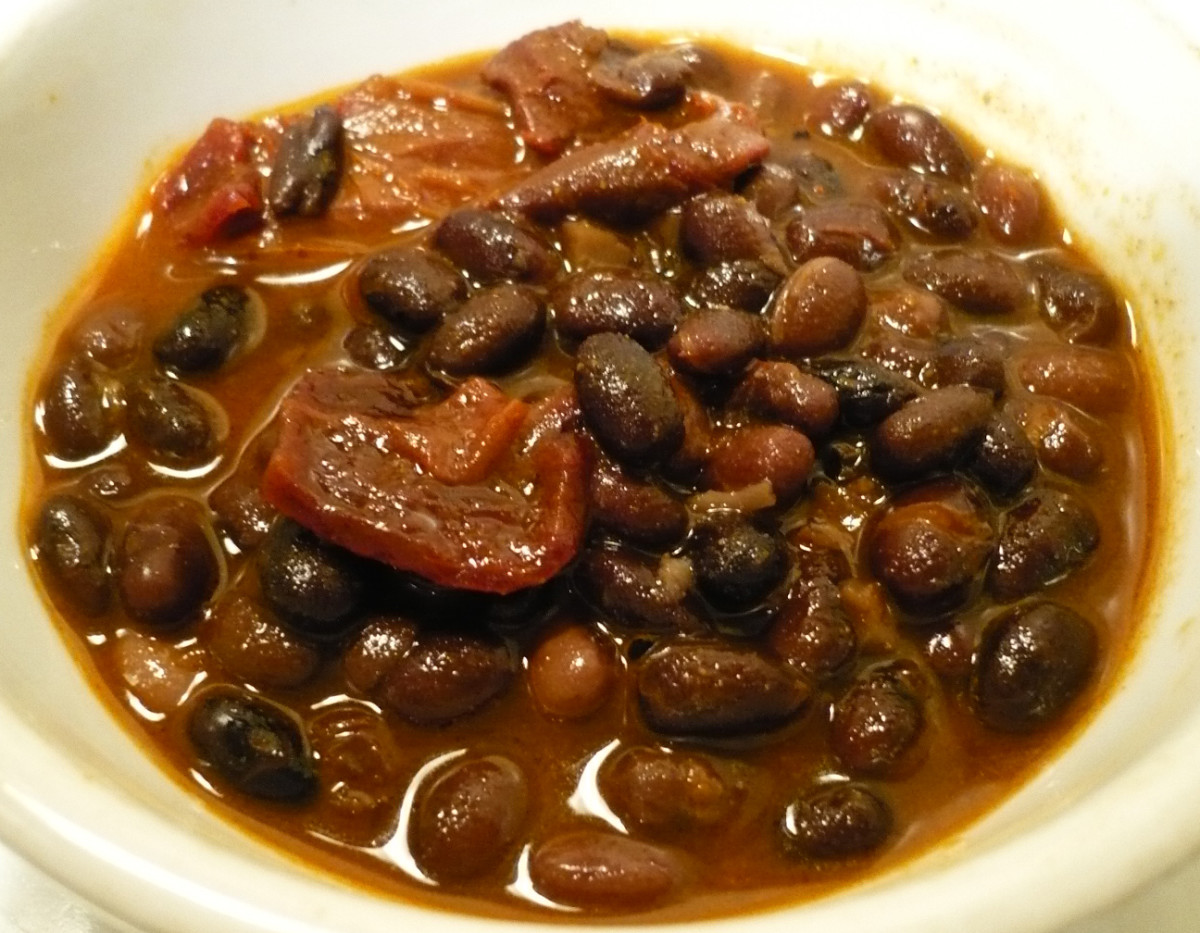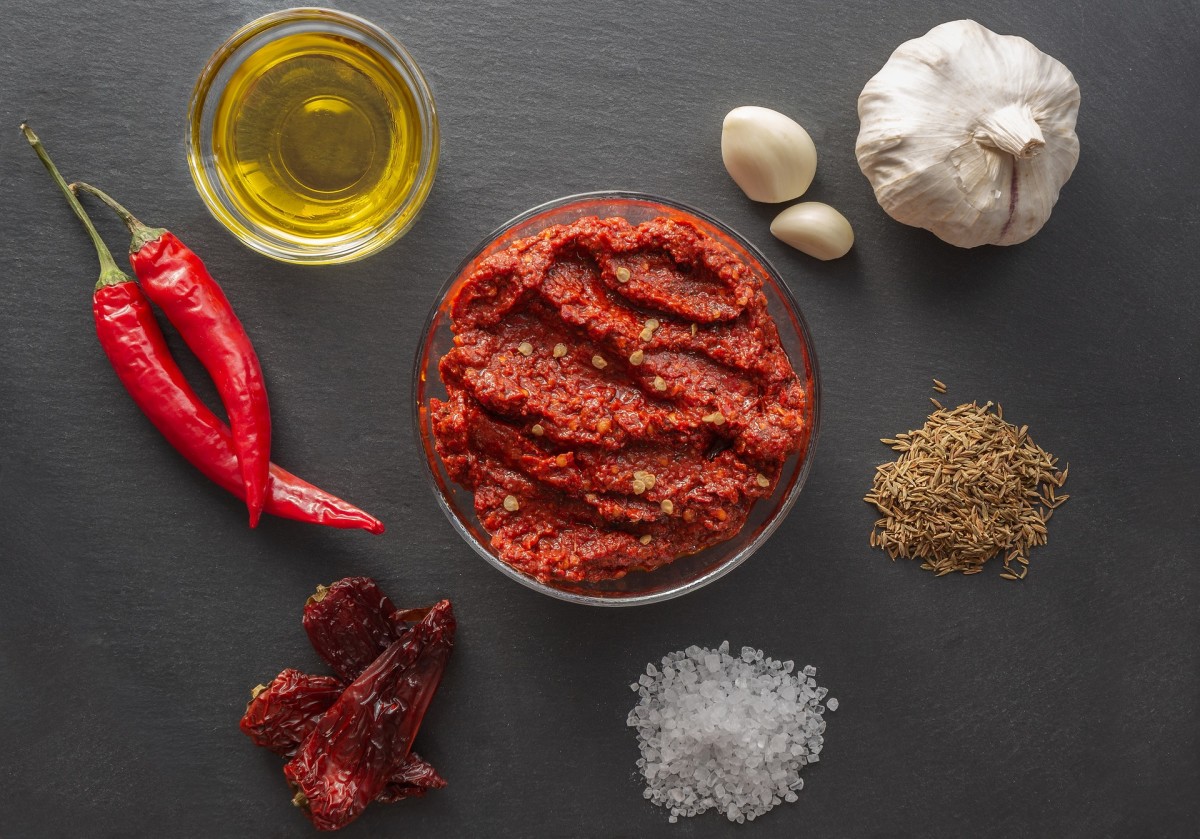How to Make Homemade Vegetable Stock

Why Learn How to Make Homemade Stock?
Soup stock is a very convenient food stuff to keep around. It tastes way better than canned broth; there is really no comparison. Homemade stock can liven up practically any recipe. Learning how to make stock is easy. It's a perfect solution for what to do with leftovers. And it saves money by reusing food that would otherwise be thrown away. That is very important for most grocery budgets in today's economy.
Ways to Use Homemade Stock
Don't just make huge batches of soup stocks. Freeze some stock in ice cube trays. After they have frozen, transfer them to resealable freezer quality storage bags. Whenever a recipe needs a little extra oomph, or calls for broth or bouillon, you have the perfect amounts.
There are lots of other ways to use stock, too. Instead of plain water called for in recipes, add homemade soup stock instead. This adds great flavor to soups, rice, casseroles, beans, and lots more dishes. You can even use stock for stir fries and to saute onions and such. It adds great flavor with no added fat!
Types of Stocks
There are four basic types of stocks. They are meat, chicken, seafood,
and vegetable. Lots of times the stocks are interchangeable in recipes
that call for a specific type of stock. This is good when you don't have
a particular type of stock or just for creating new, exciting meals.
How to Make Homemade Vegetable Stock
How do I decide when to make homemade stock? Well, I keep leftovers
frozen in my freezer. They are separated by the different types of
stocks- vegetables, chicken, meat, and seafood. I hoard all of my scraps
until I have enough for a pot of homemade stock. Then it's time to
renew my soup stock stash.
Another occasion for making homemade stock is when I clean out my
refrigerator. I throw all the vegetables in a pot that aren't fresh
anymore, but of course, not ruined.
How to Make Vegetable Stock
Almost any kind of vegetable can be thrown into a vegetable stock. You
can even save and add peels (as long as they are clean), and stuff like
corn cobs. Some recommended vegetables and seasonings to add to a stock
for great flavor are onions, carrots, oregano, celery, corn, bay leaves,
bell peppers, most herbs, garlic, potatoes. I would recommend having at
least a couple of these in each batch of homemade stock to guarantee
quality flavor. And also throw in at least a couple of seasonings, even
if it's just basic peppercorns and some basil, for example.
There are exceptions, however. I never add vegetables from the
cruciferous family- broccoli, cabbage, cauliflower, etc- because the
smells and flavors from these types of vegetables can overwhelm the
overall flavor. The same goes for asparagus. Tomatoes can also dominate a
stock, but since my family and I love the taste of tomatoes, I don't
worry about it. If you follow no particular recipe and just throw in
leftover vegetables together like I do, no stock will taste the same.
But I'll tell you this- I haven't met a homemade stock yet that I didn't
like. Not knowing exactly how it turns out is part of the fun.
Making homemade vegetable is one of the easiest things in the world to
make. It's pretty much impossible to mess it up. But some basic
guidelines other than those mentioned above are to throw all of your
vegetables and herbs into a pot. Then cover completely with water. The
water should be about the same depth as the vegetable mix. In other
words, keep it about 1 part vegetables to 1 part water. Bring it all to a
boil. Then turn down the heat to a gentle simmer. Let it cook for about
an hour or two. Remove from heat. When it's cool enough to handle,
strain it with a colander, removing all of the vegetable food scraps.
Your broth is now ready to eat, add to a recipe, or refrigerate or
freeze for later use.








